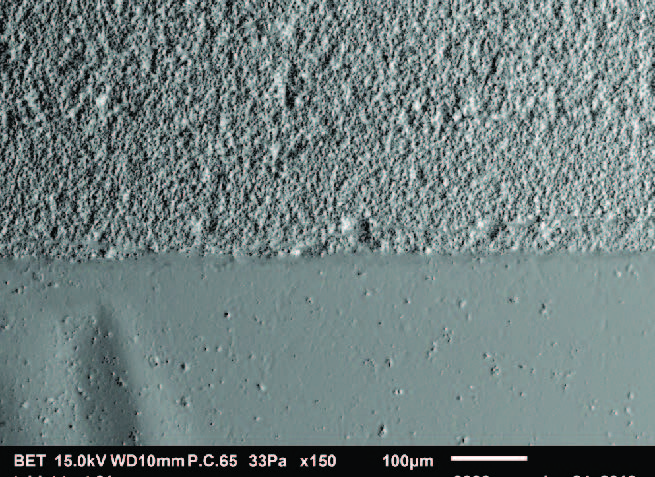Ocena kratkotrajnega raztapljanja in izločanja karbonata z uporabo vrstičnega elektronskega mikroskopa: metodološki postopki in preliminarni rezultati iz Postojnske jame
DOI:
https://doi.org/10.3986/ac.v50i2-3.9788Ključne besede:
kamnite ploščice, raztapljanje karbonata, vrstični elektronski mikroskop, 3D mikrotopografija, jame, krasPovzetek
Raztapljanje in izločanje karbonatnih mineralov spadata med geološke procese, katerih hitrost pogosto želimo kvantitativno ovrednotiti. V naravnih okoljih so ti procesi počasni, zato običajno ni enostavno oceniti, kateri proces trenutno poteka na določeni točki, niti tega, ali so vidni učinki raztapljanja ali izločanja posledica aktivnih pogojev in procesov ali dogajanj v preteklosti. Poleg tega se nasprotujoča si procesa lahko hitro izmenjujeta zaradi sprememb v jamskem okolju, na primer sezonsko. V članku prikazujemo metodologijo in preliminarne rezultate preiskave apnenčevih ploščic (tablet), izpostavljenih pogojem raztapljanja in/ali izločanja v jamskem okolju, pod vrstičnim elektronskim mikroskopom (SEM). Metodologija obsega izdelavo testnih ploščic iz apnenca, ki smo jih zalili v epoksidno smolo, izravnali in spolirali do ravne in gladke referenčne površine. Preden smo jih izpostavili naravnim pogojem, smo ploščice označili z referenčnimi lokacijskimi točkami na meji med smolnim obodom in kamnino ter referenčna področja fotografirali pod SEM v grobovakuumskih pogojih. Nadaljne analize z SEM so pokazale znatne razlike na površini ploščic že po šestih tednih izpostavljenosti jamskim pogojem: s primerjavo z nivojem netopne epoksidne smole smo lahko neposredno ugotovili, ali je na apnenčevi ploščici prišlo do raztapljanja ali do izločanja. Referenčna mejna področja na ploščicah smo nato pod SEM analizirali v tedenskih in mesečnih intervalih z uporabo stereoskopske topografske rekonstrukcije, s katero smo kvantitativno ocenili hitrost raztapljanja oziroma izločanja karbonata. Metoda je potencialno uporabna za proučevanje geokemijskih, mikrobno induciranih in mehanskih prosesov na mikroskopski ravni v naravnih in laboratorijskih (industrijskih) pogojih.
Prenosi

Prenosi
Objavljeno
Kako citirati
Številka
Rubrike
Licenca

To delo je licencirano pod Creative Commons Priznanje avtorstva-Nekomercialno-Brez predelav 4.0 mednarodno licenco.
Avtorji jamčijo, da je delo njihova avtorska stvaritev, da v njem niso kršene avtorske pravice tretjih oseb ali kake druge pravice. V primeru zahtevkov tretjih oseb se avtorji zavezujejo, da bodo varovali interese založnika ter da bodo povrnili morebitno škodo.
Podrobneje v rubriki: Prispevki




